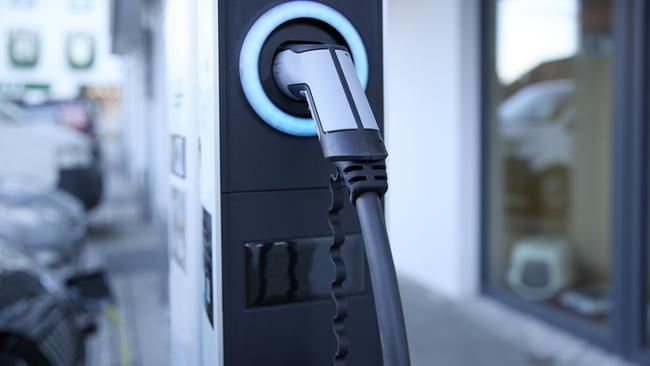
Knocking down state-based road user charges can be added to the other benefits that have been estimated by the Productivity Commission to cost thousands of dollars for every tonne of carbon dioxide emissions saved.
When EV users finally are forced to pay, it is likely to be through a road user charge levied on everyone and designed to further penalise ordinary folks who still want to drive their internal combustion engine car or truck.
In a majority ruling, the High Court has established that road user charges are an excise and under Section 90 of the Constitution are for the commonwealth only to levy, and not the states. In the process, the court has again exposed the muddle-headed way state and federal climate policies can work against each other and make the job more expensive and difficult. In essence, Victoria is happy to virtue signal of EVs but does not want to foot the bill.
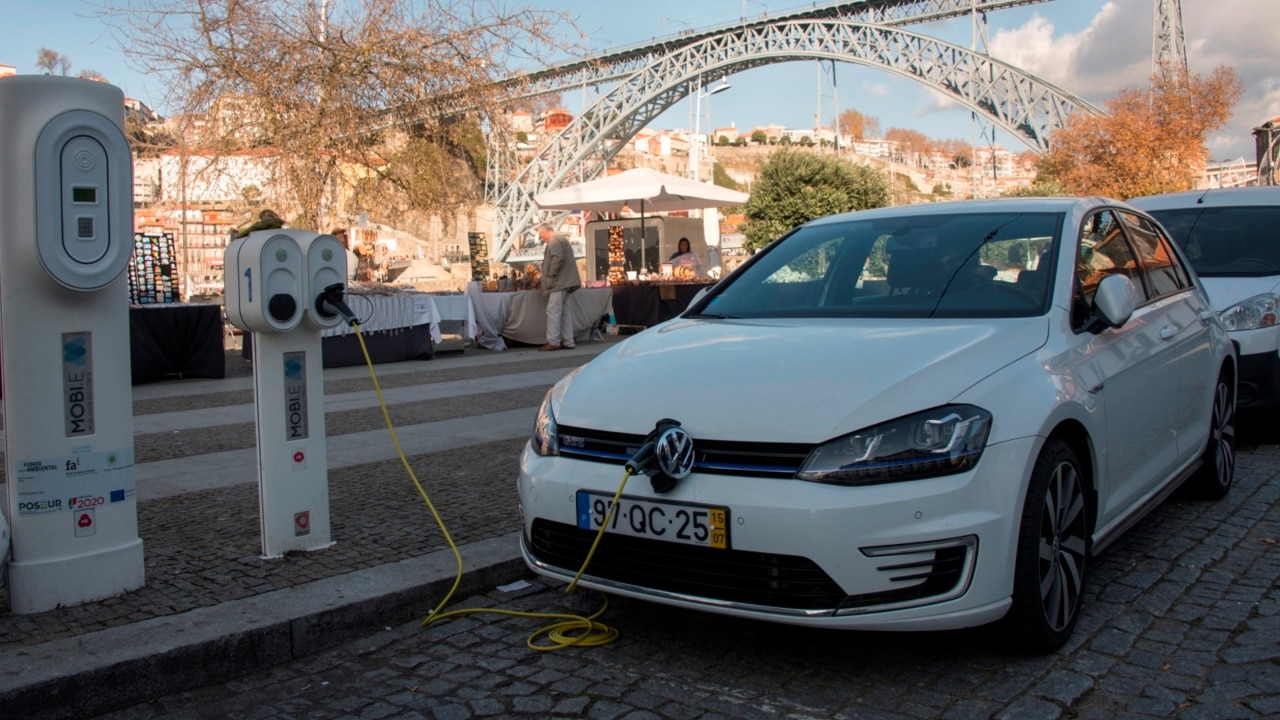
Other states joined Victoria as defendants in the High Court case and have found themselves on the wrong side of the decision. The lengthy High Court ruling is focused on established laws around taxing powers. But within it is an explanation of how we got to this point and how protected EV drivers are at present, by design. When it introduced the road-user laws that have been struck down, Victoria said EVs currently faced a lower tax burden relative to traditional ICEVs and do not contribute to the costs of road network provision commensurate with the costs they impose on the network. ZLEV owners pay little or no fuel excise but they still use the roads.
The High Court found the commonwealth was responsible for fuel excise and was aware of what it was doing. Since 1992, fuel excise revenue has been treated as general revenue. In 2020-2021, it was worth about $16.8bn, which was about 2.9 per cent of its total cash receipts.
The Commonwealth’s National Electric Vehicle Strategy identifies as one of its objectives encouraging increase in demand for electric vehicles.
The High Court said the policy states that “making EVs more affordable and reducing the costs to Australians of running their EVs is crucial to increasing demand for EVs in Australia”, and records that the exemption from fringe benefits tax and removal of customs duty are directed to that end.
It states that “over the longer term, increasing EV uptake is expected to slow the growth in fuel excise receipts and result in a decline in the future, at the point where EVs make up a sufficient share of all vehicles”.
Noting that “time frames for any future decline in fuel excise are highly uncertain”, it states that “the Australian government will continue to update and enhance modelling of the long-term impact of increased EV uptake on fuel excise in the context of regular budget updates”.
Thanks to the High Court, the commonwealth will be under greater pressure to make a national policy. The EV Council has already said it wants a new policy that penalises those who continue to drive petrol and diesel cars.
“Any scheme should apply to all vehicles and should take into consideration the economic cost of emissions”, the EV Council said. “Australia’s priority should be on boosting the transition to EVs and decarbonising our transport system”.
The federal government’s push to mandate new fuel efficiency standards makes a review inevitable.
It could take the opportunity to look at the conflicting operation of climate and energy policy between states and the commonwealth more generally – and give a proper financial account of the true cost to taxpayers of saving a tonne of carbon dioxide emissions from using an electric car.


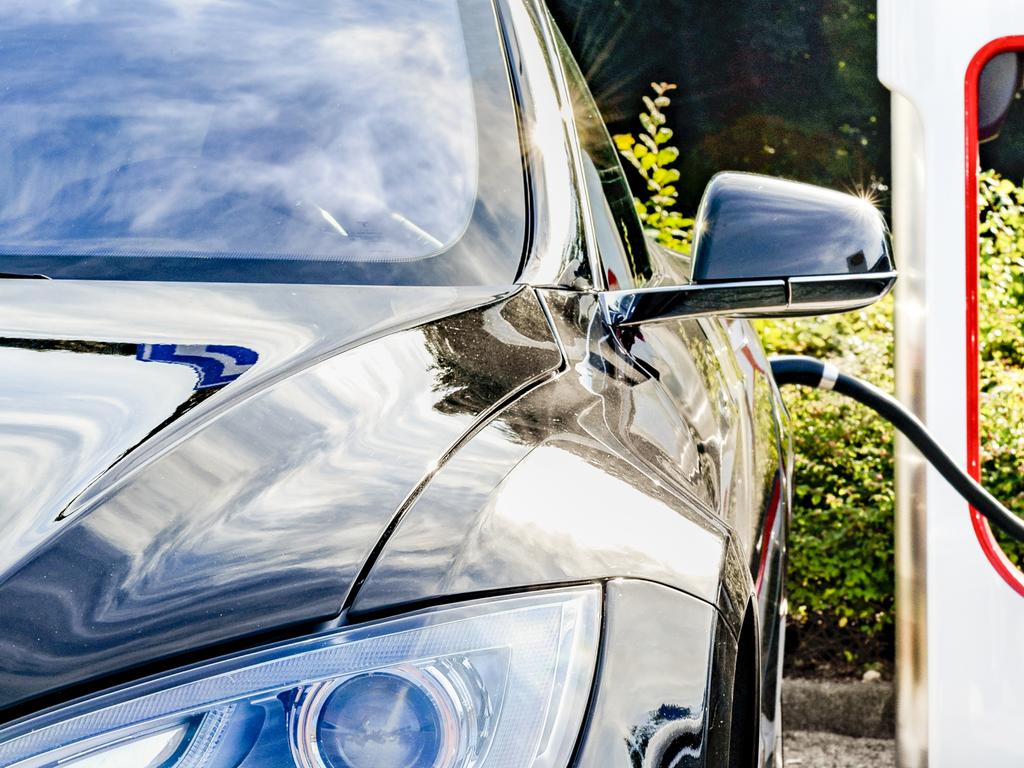


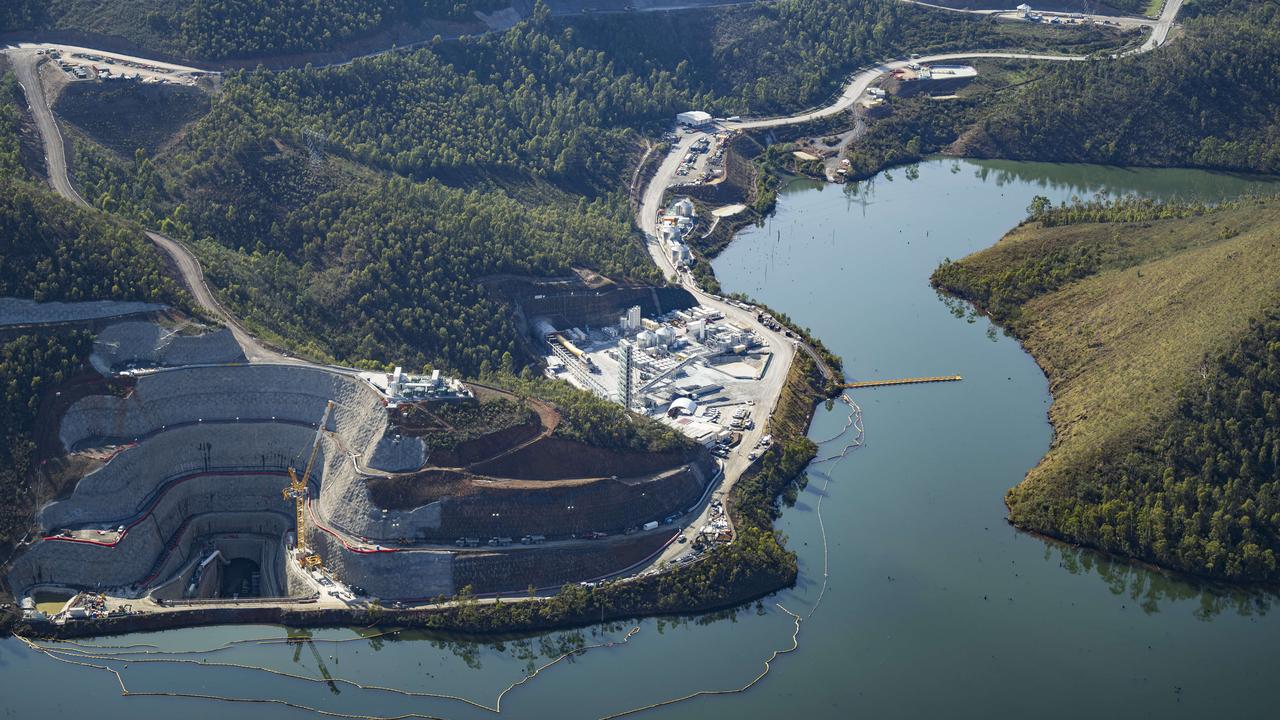
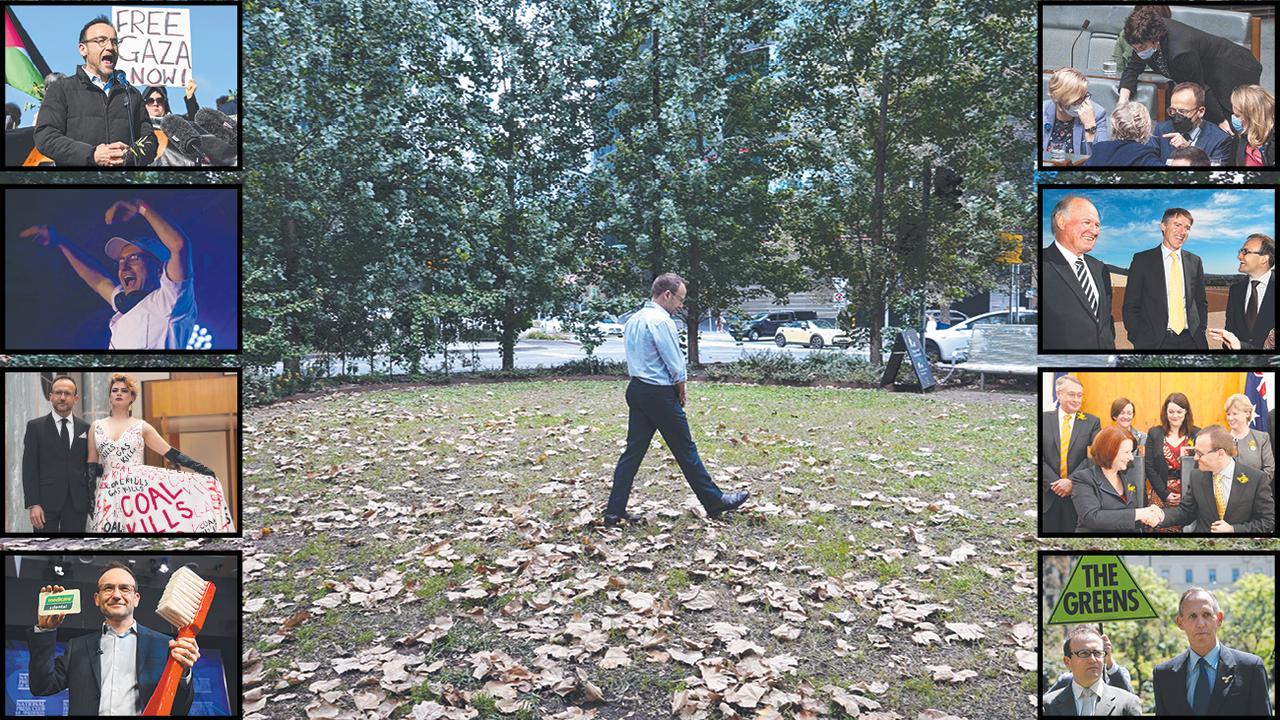
EV drivers will continue to enjoy a free ride on taxpayers, thanks to the High Court.